This time two years ago, Ireland was granted a nitrates derogation by the European Commission.
Two years on, Ireland does still have a derogation, but not at 250kg N/ha, and those lucky areas that are still at 250kg N/ha won’t be there for much longer.
The debacle around ‘250kg versus 220kg’ turned into a fiasco, with the Taoiseach saying one thing, the Minister for Agriculture saying another, and MEPs and farm organisations claiming to have won concessions.
Ultimately, no concessions were given, and the decisions made by Brussels in March 2022 to cut the derogation stood – albeit based on bad principles.
The task now is to retain the derogation at 220kg N/ha. The negotiations for that will start in late 2025 when Irish officials will present the sixth Nitrates Action Programme (NAP) to the Commission and seek a derogation from 170kg N/ha.
The NAP details the measures that have been introduced, what measures are proposed to be introduced and what impact they will have on water quality.
Water quality
Actual water quality results will also be part of the package sent to the Commission. In order to grant a derogation, the Commission will need to be confident that in doing so, they are not impeding the path to improving water quality.
The backdrop to this negotiation is that the Commission obviously believes that the derogation is an impediment to improving water quality, as why else would they reduce the current derogation from 250kg to 220kg N/ha?
It is understood that EU officials have clarified to the Irish authorities that areas with moderate or poor status water quality will need to see an improvement in water quality if they are to be granted a derogation.
At the mid-term review of the current NAP, a change in water quality was considered to be anything greater than 1mg/l of nitrate.
To put that in context, in the latest EPA water quality report published last June showing water quality for 2022, nitrate levels for rivers in the southeast of Ireland increased from 12.9mg/l nitrate in 2021 to 13.4mg/l nitrate in 2022.
Because this increase in nitrate levels is less than 1mg/l, based on the current criteria, it would be considered a stable trend, rather than a worsening trend.
However, based on what the EU Commission is saying now, a stable trend in these parts of the country where nitrate levels are higher than they should be will not secure a derogation.
The EPA considers rivers with nitrate levels lower than 8mg N/l to be good quality and less than 4mg N/l to be high quality.
It is important to note that under the Water Framework Directive, the target is for all water bodies to have good or high status by 2027 – a target described by many to be unrealistic.
Even though Ireland has some of the best water quality in Europe, the fact remains that in granting Ireland a derogation, the Commission needs to be confident that it is not making that target even harder to achieve.
We don’t yet know the final water quality results for 2023, or indeed, what water quality will be like in 2024 and how these years compare to previous years.
What we do know is that nitrate levels are problematic in the east, midlands and southeast regions, which are the most free-draining, and some of the most intensively farmed parts of the country.
At last week’s Teagasc water quality conference in Tullamore, Eddie Burgess from the Agricultural Catchments Programme said that there are two factors which dictate the amount of nitrogen leached.
These are: the amount of water passing through the soil and the amount of nitrate in the soil at the onset of leaching, with free-draining soils much more prone to leaching.
It was said at the conference that nitrate levels will always be higher in free-draining soils, due to natural mineralisation of nitrogen from the soil and less denitrification. The challenge for farmers is to be able to farm these soils, while minimising the additional impact on nitrate levels as a result of farming activity.
Backstop
From what I can see, there is a vacuum of leadership when it comes to dealing with the derogation.
Farmers are hearing trite comments from politicians and others around slurry storage. Only for the fact that chemical nitrogen use has already been cut by 30% since 2021, they would be told to cut that also.
That’s not to be flippant – spreading slurry in the closed period is bad for water quality and must be stopped.
But I do think it’s unreasonable to ask farmers to invest in more storage when they don’t know if they’ll have the cows to make use of it, and to help pay for it in just two years’ time.
Leadership
This is where leadership comes in. The two-year cycle of derogation renewal is too short for farmers to have the confidence to invest in sustainability.
A bit like Brexit, there needs to be a backstop in place for the next eight to 10 years to prevent a crash-out from derogation.
This will give farmers the confidence to invest in more storage, and if water quality doesn’t improve sufficiently within this period, due to the measures that have been introduced, then the derogation should be cut.



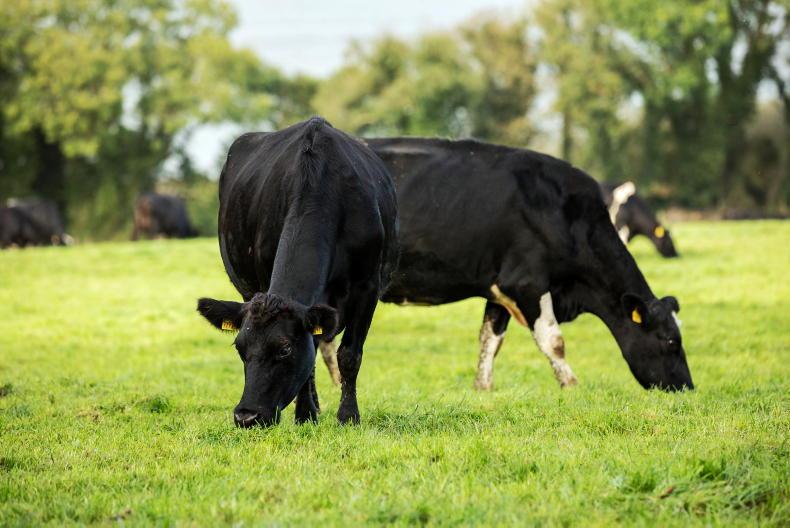

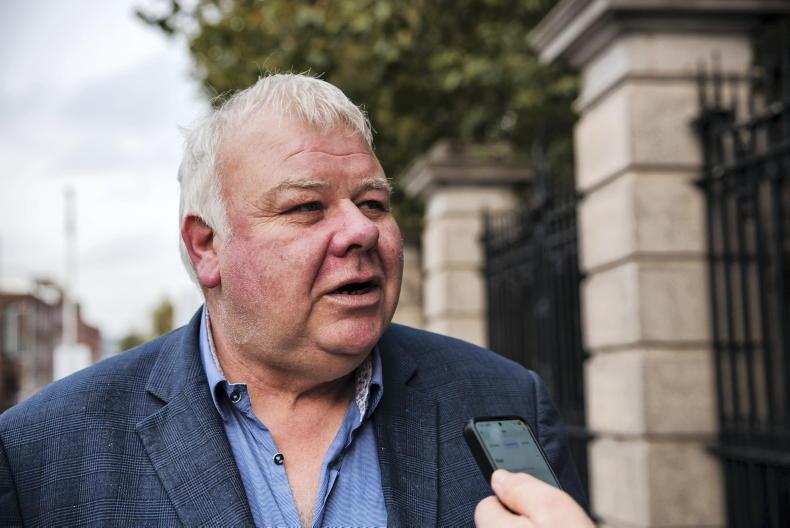
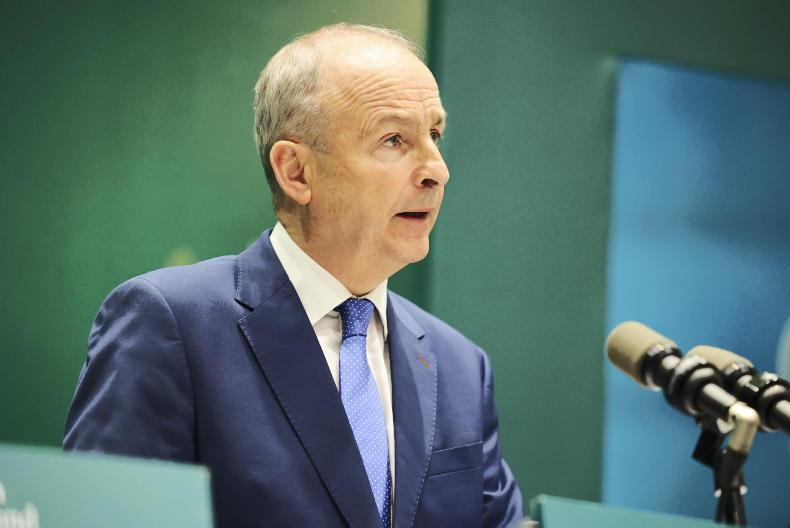
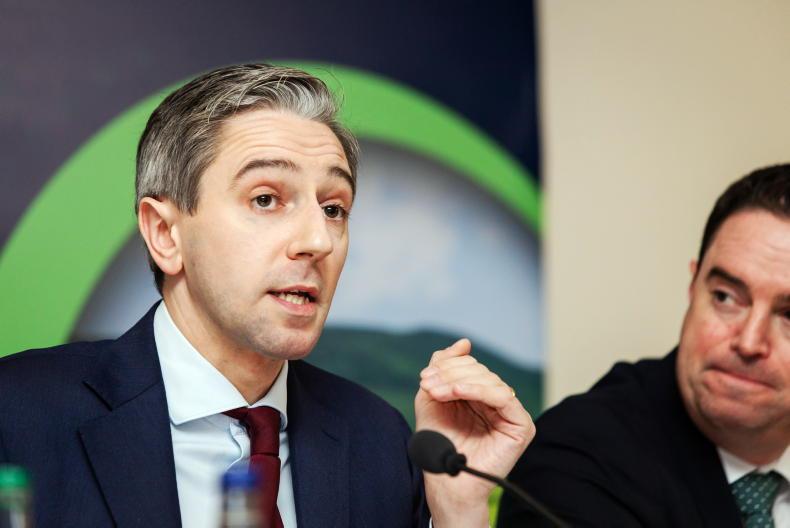
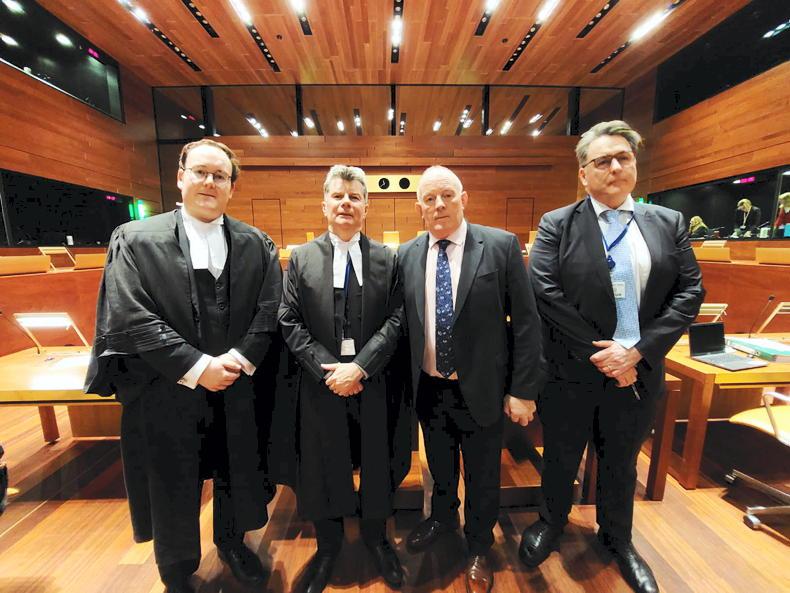
SHARING OPTIONS